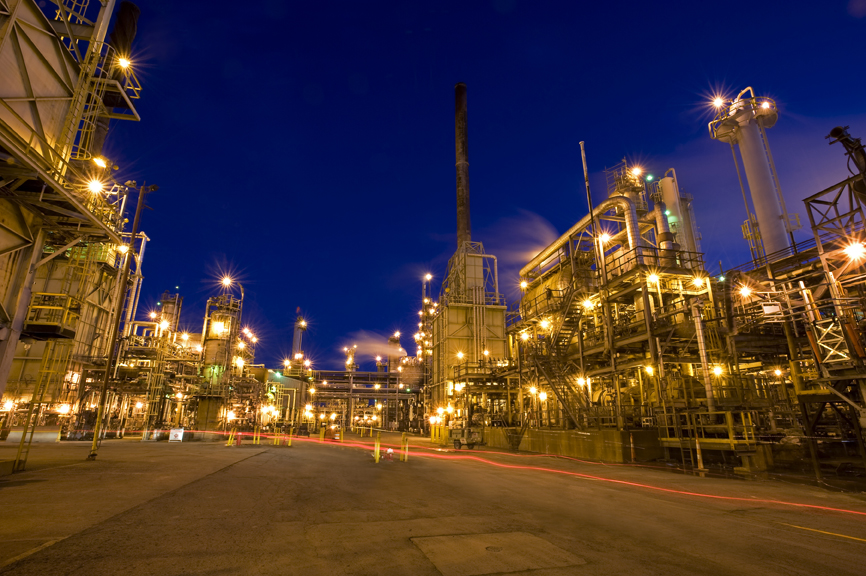 To assess mild hydrocracking as an option to improve the quality of the heavy gas oil (HGO) fraction of Syncrude’s synthetic crude oil (known as Syncrude Sweet Blend or SSB), severe hydrotreating tests were performed by using Athabasca oilsands bitumen-derived coker HGO, heavy vacuum gas oil, and a blend of the two in a pilot-scale down-flow reactor over a typical commercial NiMo/Al2O3 hydrotreating catalyst. Kinetics of sulfur and nitrogen removal, 343°C+ conversion, and aromatics hydrogenation were investigated by incorporating the effect of catalyst deactivation. The total liquid products (TLPs) from the pilot tests were distilled into naphtha, light gas oil (LGO), and HGO fractions, and the TLPs and distilled products were characterized. Cetane number (CN) was determined by engine test for selected LGOs and by ignition quality tester for all LGOs. The quality of product HGOs as fluid catalytic cracking (FCC) unit feedstock was evaluated by using correlations (developed based on feed properties including GC-MS data) to predict FCC product yields. The CN of the LGOs and the predicted gasoline yields from HGO products were much better than that produced from the corresponding fractions of current SSB. The CN and FCC gasoline yield were related to the level of 343°C+ conversion (i.e., the higher the conversion, the higher the CN and FCC gasoline yield.
To assess mild hydrocracking as an option to improve the quality of the heavy gas oil (HGO) fraction of Syncrude’s synthetic crude oil (known as Syncrude Sweet Blend or SSB), severe hydrotreating tests were performed by using Athabasca oilsands bitumen-derived coker HGO, heavy vacuum gas oil, and a blend of the two in a pilot-scale down-flow reactor over a typical commercial NiMo/Al2O3 hydrotreating catalyst. Kinetics of sulfur and nitrogen removal, 343°C+ conversion, and aromatics hydrogenation were investigated by incorporating the effect of catalyst deactivation. The total liquid products (TLPs) from the pilot tests were distilled into naphtha, light gas oil (LGO), and HGO fractions, and the TLPs and distilled products were characterized. Cetane number (CN) was determined by engine test for selected LGOs and by ignition quality tester for all LGOs. The quality of product HGOs as fluid catalytic cracking (FCC) unit feedstock was evaluated by using correlations (developed based on feed properties including GC-MS data) to predict FCC product yields. The CN of the LGOs and the predicted gasoline yields from HGO products were much better than that produced from the corresponding fractions of current SSB. The CN and FCC gasoline yield were related to the level of 343°C+ conversion (i.e., the higher the conversion, the higher the CN and FCC gasoline yield.







Leave a Reply
You must be logged in to post a comment.